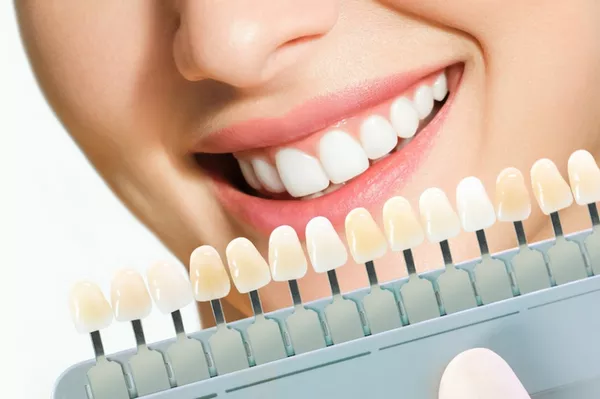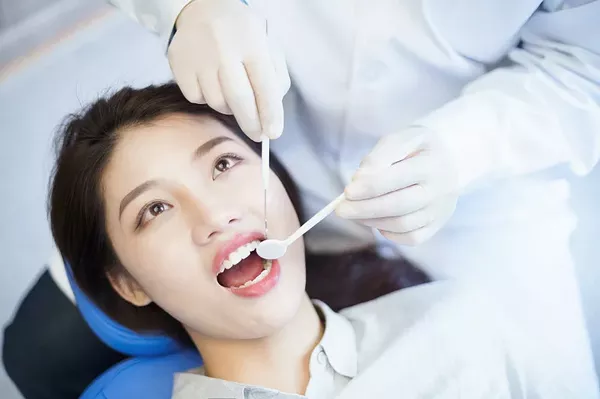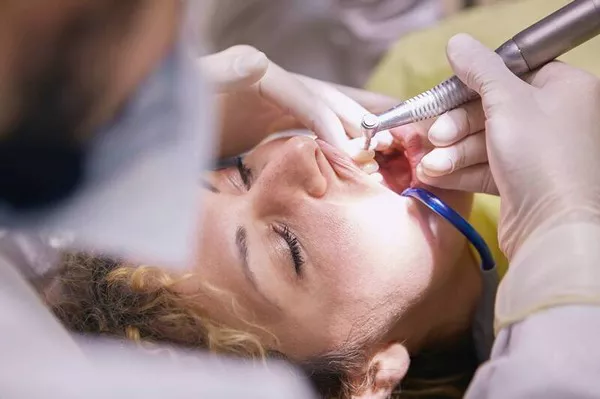A bright and confident smile can significantly impact our self-esteem and overall appearance. However, yellow stains between teeth can be a common concern that affects the aesthetics of our smile. These stains may result from various factors, such as poor dental hygiene, certain foods and drinks, smoking, or aging. Fortunately, there are several effective methods to remove yellow stains and achieve a brighter smile. In this article, we will explore how to get rid of yellow stains between teeth through practical tips and home remedies, as well as when to seek professional dental assistance.
Maintain Proper Dental Hygiene
The foundation of a healthy and stain-free smile begins with consistent and proper dental hygiene. Brushing your teeth at least twice a day and flossing daily are essential habits to prevent the buildup of plaque and stains between teeth.
a) Use the Right Toothbrush: Opt for a soft-bristled toothbrush that can effectively clean teeth without causing damage to the enamel or gums.
b) Floss Regularly: Flossing helps remove plaque and food particles between teeth, preventing stains and decay.
c) Brush Correctly: Brush gently in a circular motion, ensuring you reach all areas of your teeth and gums.
d) Consider Mouthwash: Adding an alcohol-free mouthwash to your routine can help reduce bacteria and freshen your breath.
Avoid Stain-Causing Foods and Drinks
Certain foods and beverages are known to contribute to teeth staining. Limit your consumption of:
a) Coffee and Tea: These popular beverages contain tannins and chromogens, which can lead to yellow stains.
b) Red Wine: Red wine contains pigmented compounds that can discolor teeth over time.
c) Berries: While packed with antioxidants, berries can also stain teeth due to their dark color.
d) Colored Sauces: Foods like tomato sauce, soy sauce, and curry can stain teeth due to their intense pigments.
e) Sodas and Sports Drinks: These sugary drinks can lead to enamel erosion and staining.
Drink Plenty of Water
Water is not only essential for overall health but also plays a role in maintaining oral health. Drinking water throughout the day helps rinse away food particles and reduce the impact of staining beverages on your teeth.
Use Baking Soda
Baking soda is a gentle abrasive that can help remove surface stains on teeth. You can either mix a small amount of baking soda with water to form a paste or choose toothpaste containing baking soda. However, use baking soda in moderation, as excessive use may damage the enamel.
Oil Pulling
Oil pulling is an ancient practice that involves swishing oil (e.g., coconut or sesame oil) in your mouth to remove toxins and bacteria. While it may not directly remove deep stains, oil pulling can help maintain oral health and contribute to a cleaner-looking smile.
Whitening Toothpaste
Whitening toothpaste often contains mild abrasives or gentle polishing agents to remove surface stains. Regular use can help brighten your smile gradually. Look for toothpaste that has been approved by dental organizations and does not contain harsh chemicals.
Home Remedies
Several home remedies are believed to help with teeth whitening. While some of these methods may have limited scientific evidence, they are generally considered safe to try:
a) Hydrogen Peroxide: Mixing a small amount of hydrogen peroxide with water and swishing it in your mouth for a minute may help reduce surface stains. However, be cautious not to swallow the solution.
b) Apple Cider Vinegar: Gargling with a mixture of water and apple cider vinegar may help remove stains. However, due to its acidity, it is essential to use this method sparingly and rinse thoroughly afterward.
c) Strawberries: Some people believe that rubbing crushed strawberries on teeth can help whiten them due to the fruit’s natural enzymes. However, the citric acid in strawberries may weaken the enamel if used excessively.
Professional Teeth Whitening
For stubborn stains or more noticeable discoloration, professional teeth whitening performed by a dentist is a safe and effective option. There are two common methods for professional teeth whitening:
a) In-Office Whitening: This procedure involves applying a strong bleaching agent to your teeth, which is activated by a special light. In-office whitening can significantly lighten the color of your teeth in a single session.
b) Take-Home Whitening Kits: Your dentist can provide custom-made trays and a milder bleaching gel for you to use at home. This method typically takes longer than in-office whitening but is more convenient for some individuals.
Dental Cleaning and Check-ups
Regular dental cleanings and check-ups are essential for maintaining oral health and preventing stains. During a dental cleaning, a dental hygienist will remove plaque and tartar buildup, which can help reduce surface stains and maintain the natural whiteness of your teeth.
Protect Your Enamel
Enamel is the outer layer of your teeth, protecting the sensitive inner layers. Protecting your enamel is vital for maintaining white teeth. Avoid using excessive force when brushing, and be cautious when consuming acidic or sugary foods and drinks.
Conclusion
Achieving a brighter and stain-free smile is possible through a combination of proper dental hygiene, dietary choices, and home remedies. Maintaining healthy dental habits and avoiding stain-causing foods and drinks can help prevent surface stains between teeth. Home remedies like oil pulling and whitening toothpaste can complement these habits. For more significant and lasting results, consider professional teeth whitening under the guidance of a dentist. Remember, regular dental check-ups and cleanings are crucial for maintaining oral health and ensuring your smile remains bright and confident. By following these tips and being mindful of your dental care, you can achieve a radiant smile and boost your self-confidence.
Related Topics:




























